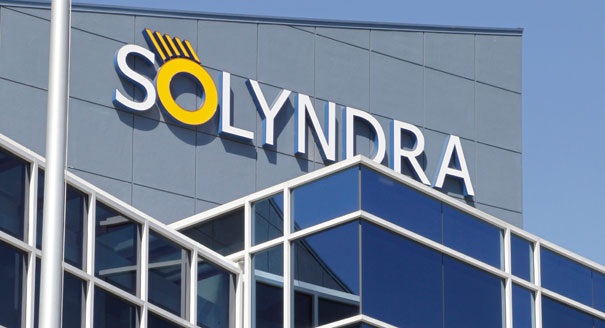overland
Active Member
- Jan 12, 2017
- 269
- 16
- 31
- Banned
- #1
Just think if every house and building had solar panels on them. Do you know what would happen? The U.S. would produce far more energy than it could use. Let alone having large areas of solar panels in desert areas. Though there is a combination of mental diseases that are keeping it from happening. Capitalism and Democracy.
There is only one slight drawback. One that is EASLY overcome. Despite what you might hear to the contrary. That is storing the energy to be used for times when there is no sunlight. That can be done with scaled up batteries, capacitors or using excess electricity to heat sodium to run generators during times when there is less sunlight. Power transmission lines would also still have some use in moving power around to where it is most needed.
There is only one slight drawback. One that is EASLY overcome. Despite what you might hear to the contrary. That is storing the energy to be used for times when there is no sunlight. That can be done with scaled up batteries, capacitors or using excess electricity to heat sodium to run generators during times when there is less sunlight. Power transmission lines would also still have some use in moving power around to where it is most needed.


